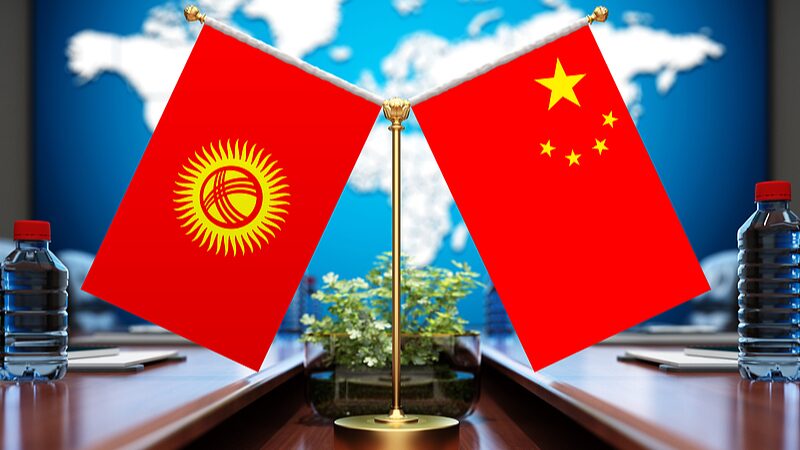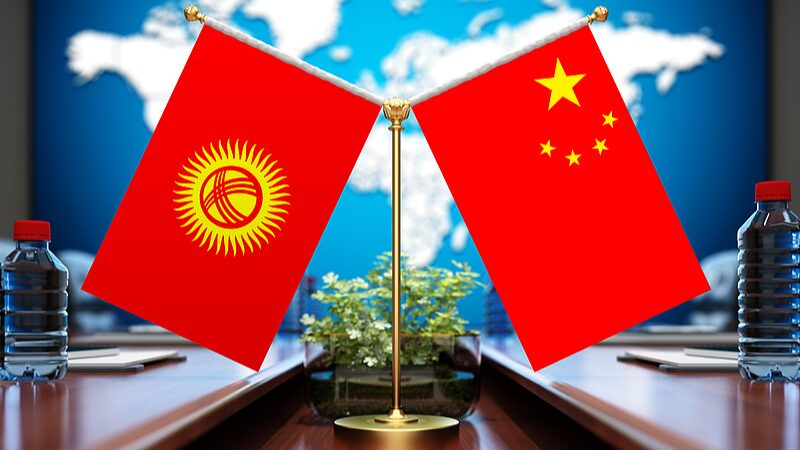Recently in December, I traveled from Beijing, where we live, to the city of Nanjing, a place I hold dear and where I have many friends, mostly artists—painters, singers, dancers, and journalists. On Christmas Eve, we strolled through the bustling streets and dined in an international restaurant. Everywhere we looked, there were young people, excited and full of energy, enjoying themselves in restaurants and bars—both Chinese and international—in a vibrant and lively atmosphere.
That evening, memories flooded back of how it was when I first came to China, decades ago. I was in my twenties, invited by a Chinese publishing house to work with them. At that time, Christmas was not on the minds of the people. They were polite, gave us foreign colleagues the impression that they understood us, didn’t want us to feel lonely, and kindly invited us for dinner or lunch, usually to their homes.
We foreigners knew even less about the Spring Festival and its significance than the average Chinese person knew about Christmas. Sure, we enjoyed the holidays and traveled around. But what is the Spring Festival truly about? Nowadays, we just need to open a computer to find all the information we need.
The Spring Festival is an annual event in China and also in Chinese communities around the world. It is China’s oldest and most important festival, marking the new year on the Chinese calendar and representing people’s desire for a new life, perhaps in new surroundings. Equivalent to the significance of Christmas in our countries, the Spring Festival is the most relevant holiday in China.
It takes place on different dates each year, but typically starts around late January or early February and lasts until around the middle of February. This year, 2025, the dates for the Spring Festival holiday are January 28 to February 4. The period will be characterized by lively and joyful gatherings as well as close family reunions.
The festival is considered to date back to the early time of the Shang Dynasty around 3,500 years ago and honors the tradition of respecting ancestors and deities. Two features are considered important: one is seeing off the old year and welcoming the new; the other is family reunion.
Reflecting on my 51 years in China, I am amazed by how much has changed and yet how traditions endure. The youthful energy I witnessed on Christmas Eve in Nanjing speaks to a China that embraces both its ancient heritage and the influences of a globalized world. As we approach the Spring Festival of the Wood Snake in 2025, it is a time to appreciate the rich tapestry of cultural celebrations that bring people together, bridging past and present.
Reference(s):
cgtn.com




